You might also like
You might also like
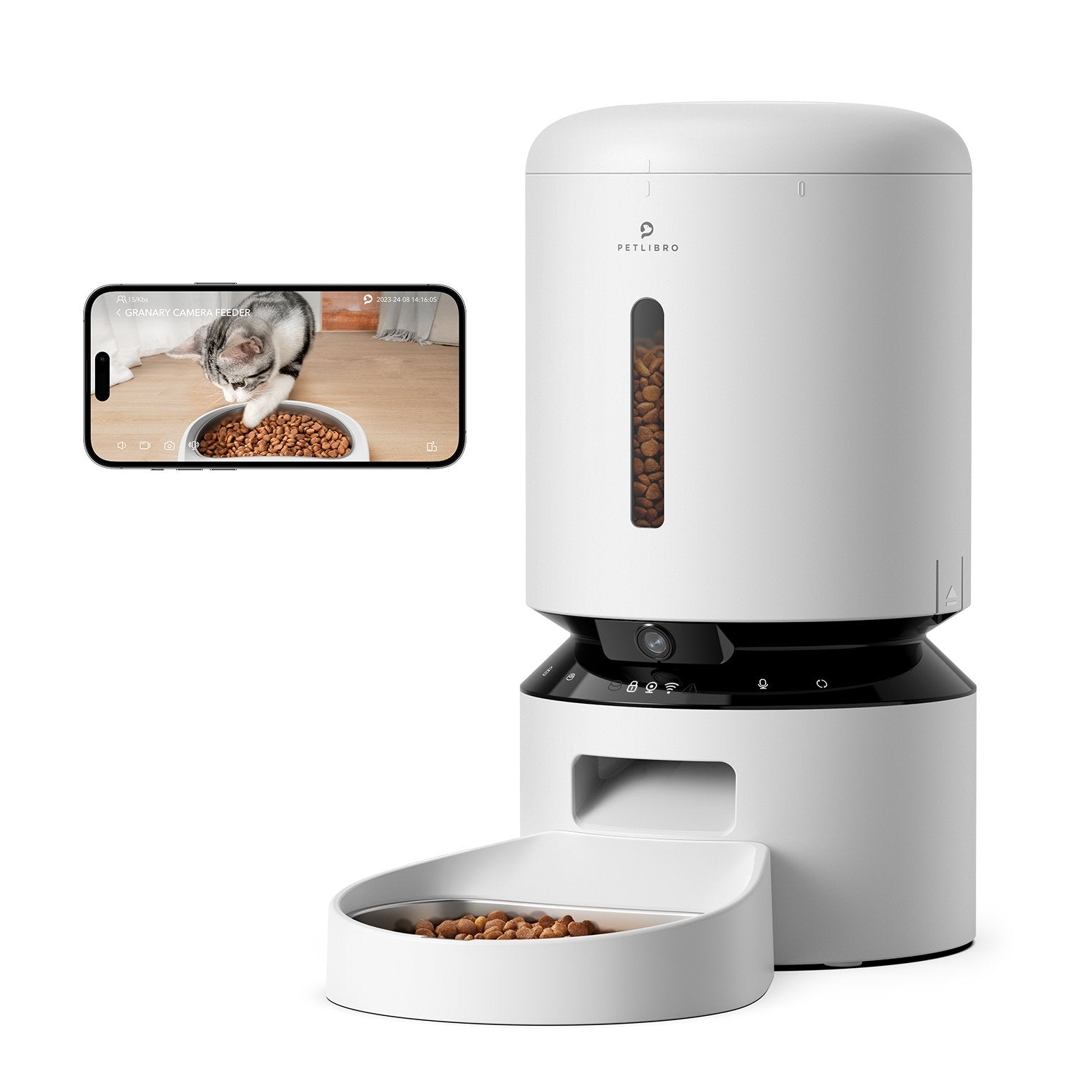
Granary Smart Camera Feeder
Make every mealtime a dinner date
£149.99
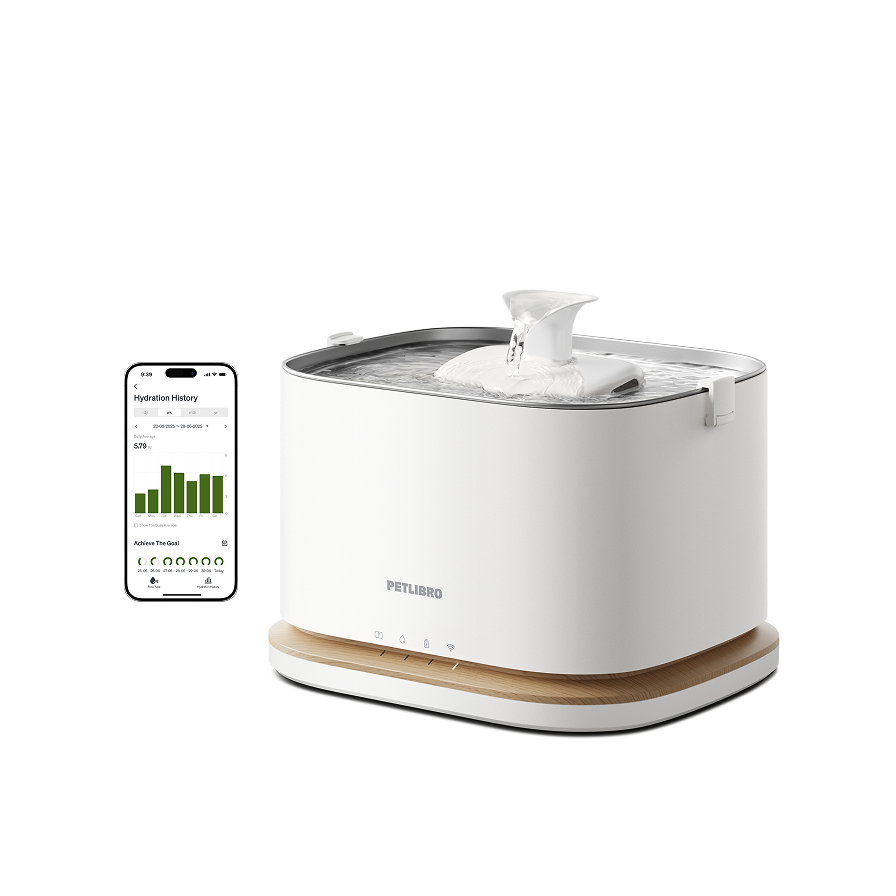
Dockstream 2 Smart Fountain
The next generation of pet hydration
£99.99
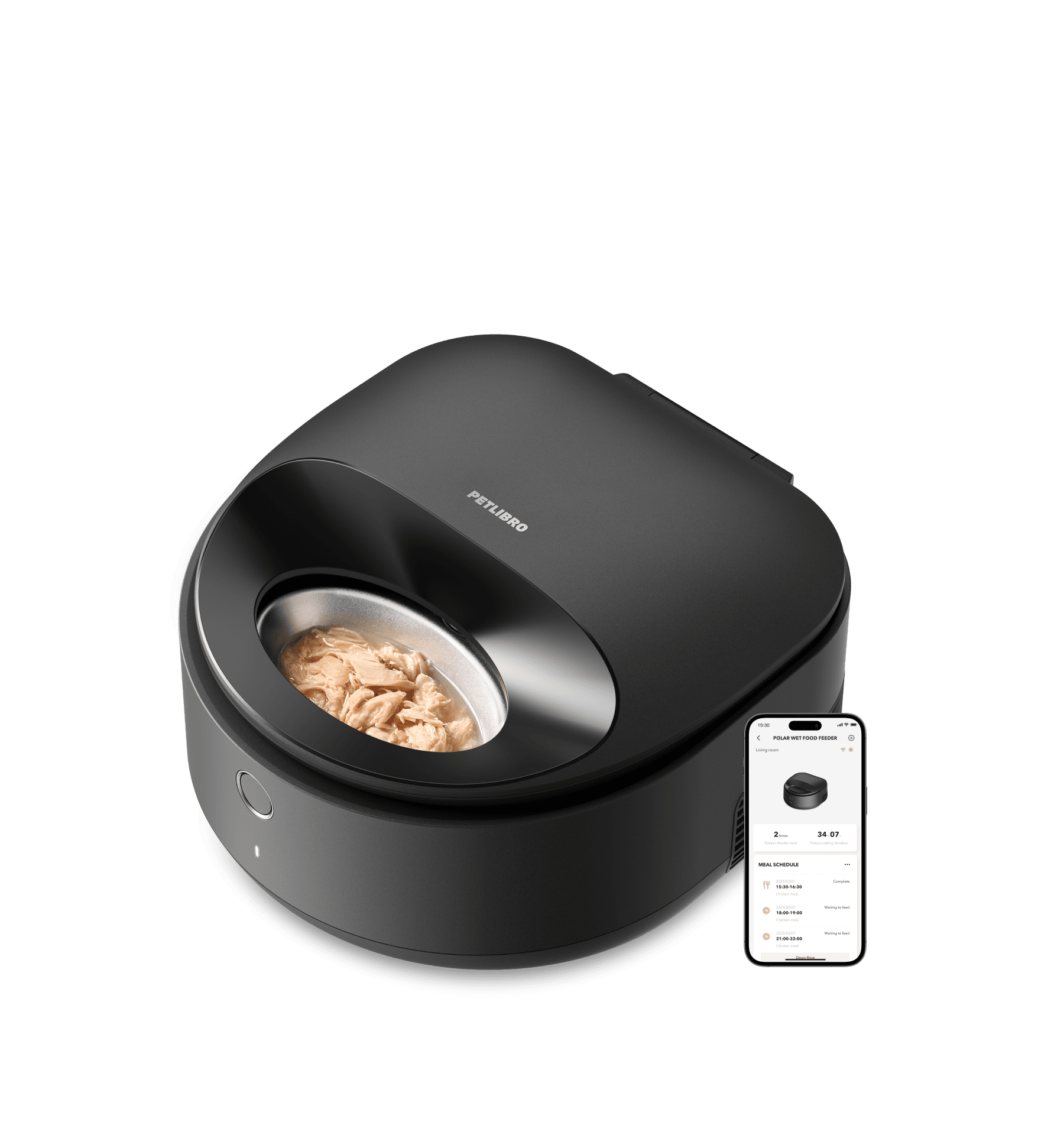
Polar Smart Wet Food Feeder
Keep wet food chill
£155.99
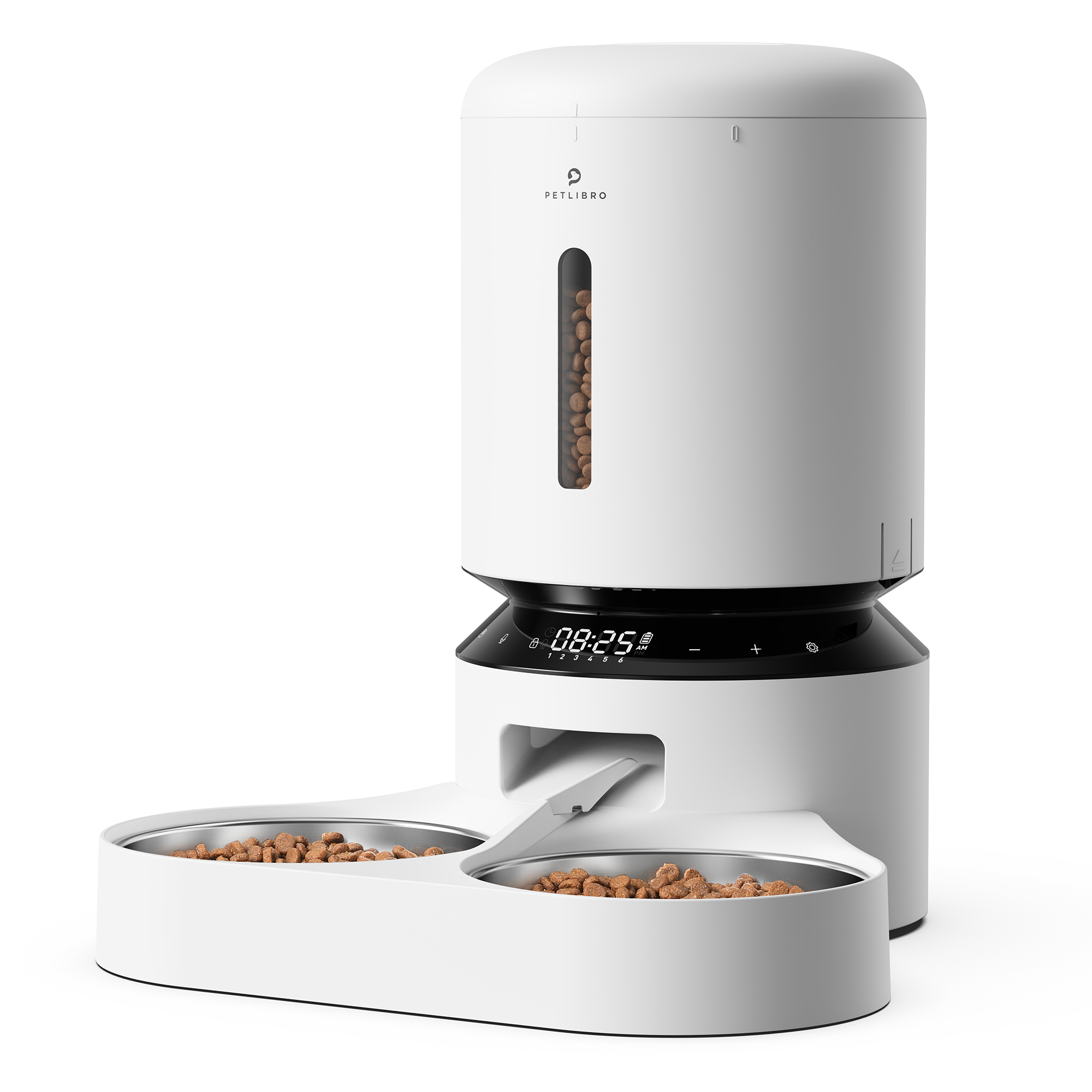
Granary Dual Food Tray
Best Choice for Multi-cat Family
£95.99
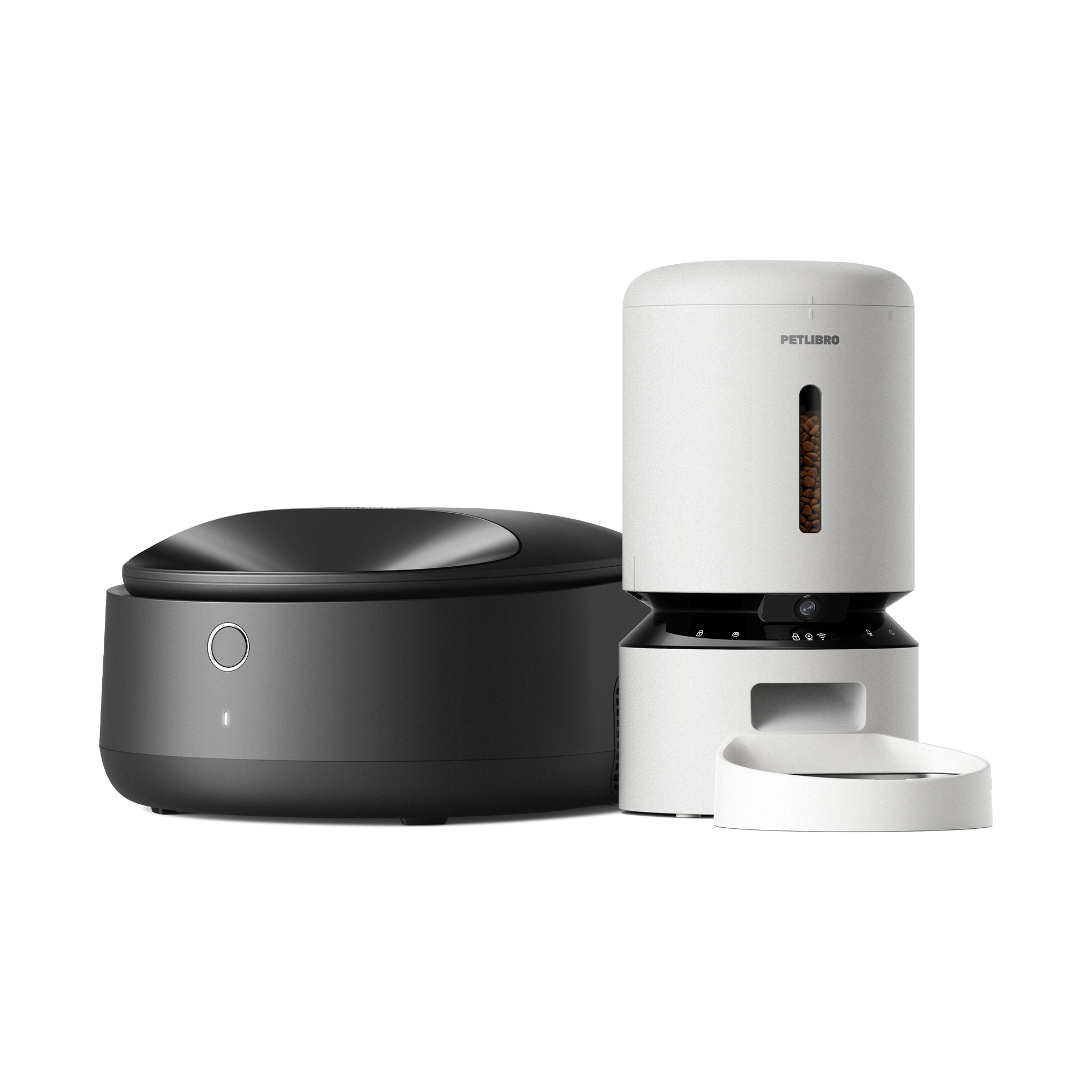
Polar Wet Food Feeder & Granary Camera Feeder Bundle
£280.99
£289.98
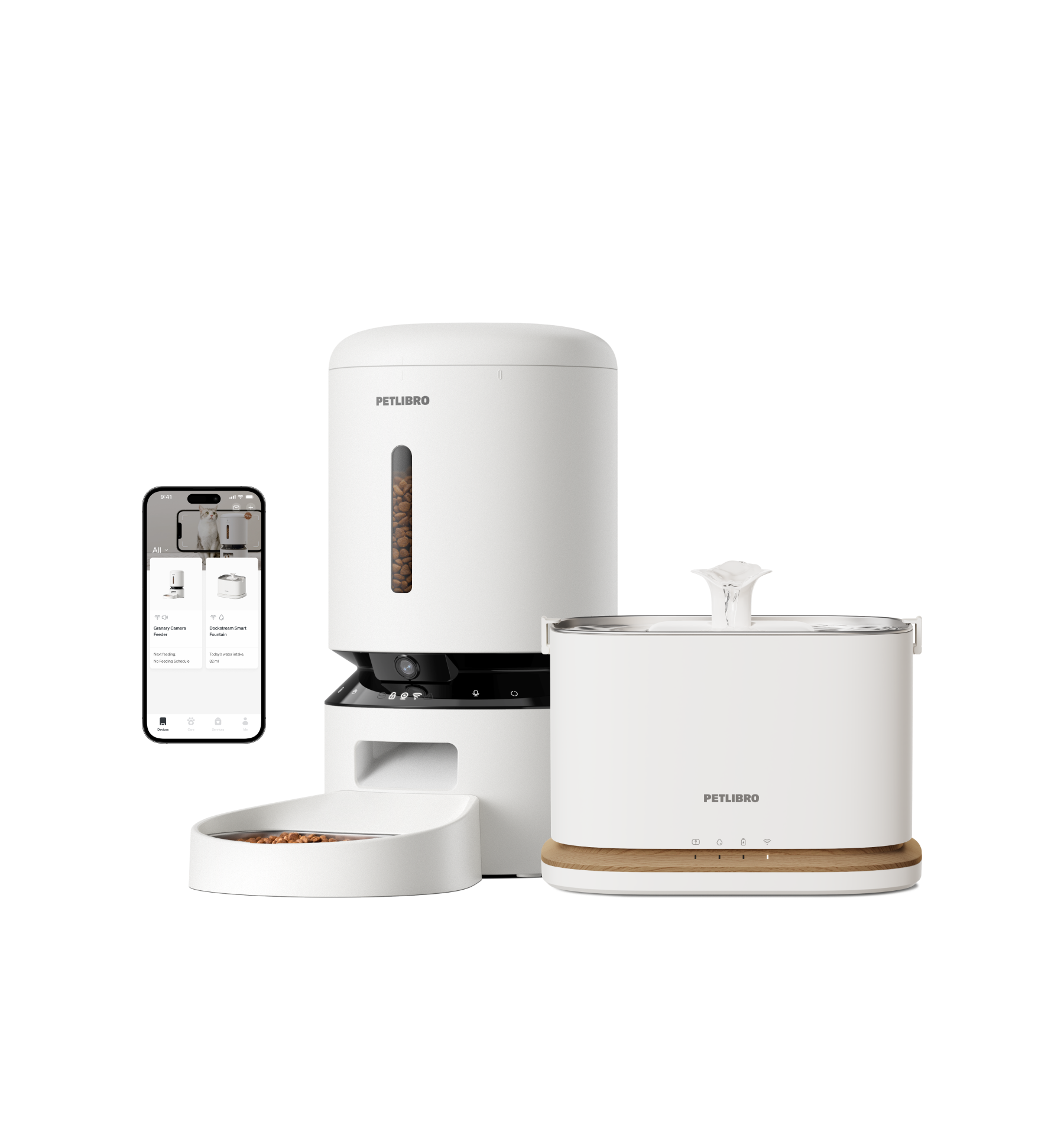
Granary Smart Camera Feeder & Dockstream 2 Smart Fountain
£249.98
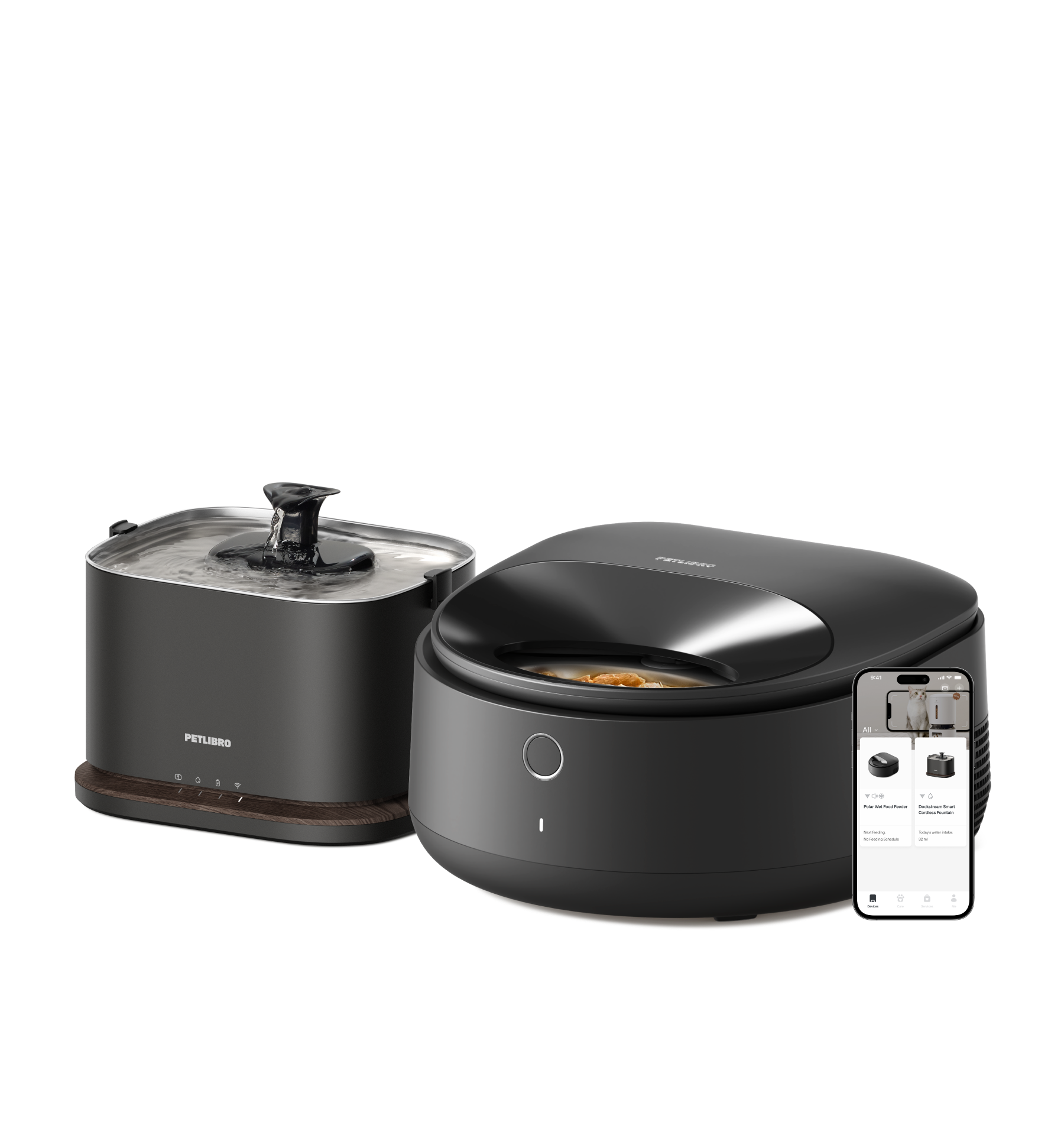
Polar Smart Wet Food Feeder & Dockstream 2 Smart Fountain
£255.98





















